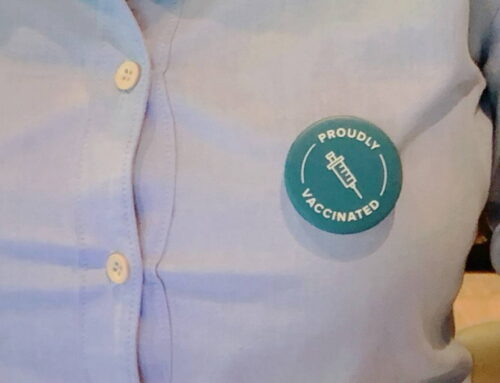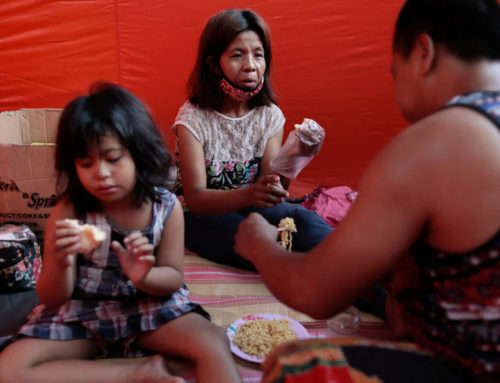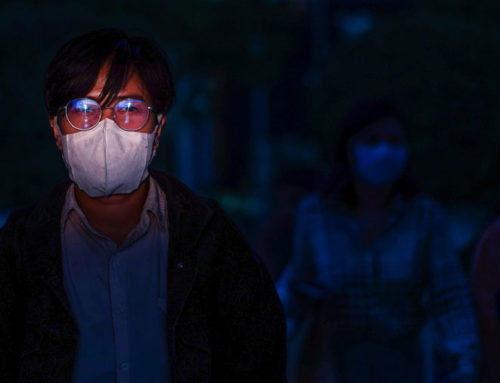Safeguarding a Culinary Heritage
{1st Photo Caption: Dan Woodger}
Opinion
OP-ED CONTRIBUTOR
Safeguarding a Culinary Heritage
By Gwen Robinson
Jan. 16, 2014
TOKYO — Are some arts, crafts or cultural assets more important to humanity than others? Unesco thinks so. In 2008, the United Nations body inaugurated its “intangible cultural heritage” listings. The point of the designation, the organization explains, is not to set “any standard of excellence or exclusivity” but to ensure protection of “the wealth of knowledge and skills” transmitted by a culture over generations.
Unesco has identified 282 so-called elements, including Azerbaijani polo, calculation with a Chinese abacus and Peruvian scissors dancing. Lately, it extended the honor to washoku, or traditional Japanese cuisine — which now joins, among the culinary entries, the French gastronomic meal, Mexican traditional cuisine and the Mediterranean diet, as well as nearly 20 specific dishes or practices such as kimchi.
The accolade is usually seen as a boost, in terms of both prestige and commercial potential. Japan’s food industry, which has been battered by safety issues, greeted the news with elation. But in the case of washoku, Unesco’s imprimatur could undermine the very thing it seeks to preserve — not least by encouraging chefs to oversimplify and overcommercialize their traditions at a time when Japanese tastes are shifting toward Western cuisine.
Unesco’s citation praises washoku’s distinctive social and cultural characteristics. It singles out the special new-year cuisine called osechi-ryori, with its elaborate multilayered boxes that retail for $100 to $10,000 in top department stores. These edible treasure chests brim with ornate arrangements of delicacies, often sprinkled with gold leaf: seaweed-rolled herring, simmered giant black beans, red caviar — all representing good fortune and good health.
In its range of colors, flavors and ingredients, osechi-ryori is a showcase for washoku’s most prized culinary discipline: kaiseki, or haute cuisine, which insists on rigid cooking styles and strict seasonality, in addition to artful presentation. Yet for many ordinary Japanese, washoku also means home-style dishes like grilled fish or the meat-and-potato stew called nikujaga. The lofty and the mundane are related. Both, for example, relentlessly pursue umami, or the fifth taste — an improbably delicate yet hearty flavor, which finds its purest expression in dashi, a thin stock made from dried kelp and bonito flakes that is the foundation of all Japanese cooking.
Another defining feature of traditional Japanese food, from kaiseki to tofu and soba (buckwheat noodles), is the time its makers spend honing their craft. These skills are passed on to younger generations through grueling apprenticeships. Traditional washoku has few culinary courses or textbooks, and its recipes are jealously guarded — hence Unesco’s claim that it “plays an important role in strengthening social cohesion among the Japanese people while providing them a sense of identity and belonging.”
Yet that characterization also exaggerates the role of washoku as a cultural glue. Younger Japanese have been turning to high-end Western cuisine and fast-food chains. Japan’s annual rice consumption has fallen by 17 percent in the past 15 years. Demand for meat has exceeded that for fish since 2006, according to government figures. Some of the bigger kaiseki establishments are suffering from declining patronage, the soaring cost of seasonal ingredients and a shortage of apprentices willing to work backbreaking years for pitiful pay.
Japan is still food-obsessed. Cooking schools are booming. And the cheaper forms of washoku, like soba and yakitori (skewers of all things chicken) will remain popular. But many aspiring young chefs are turning to Western cuisine, a faster route to success.
Meanwhile, sales of Japanese food products have plunged, at home and abroad, partly because of radiation scares from the damaged Fukushima nuclear plant after the 2011 earthquake and tsunami. A longer-term concern is the impact of shifting tastes and lifestyles on traditional society, particularly on family rituals around meals. Reliance on convenience foods is growing as more women enter the workforce and more young people opt to eat out.
Unesco’s listing of washoku and its endorsement of “safeguarding measures” to protect the cuisine would seem to come at precisely the right time. And it will undoubtedly drive new promotional initiatives. But it could also create economic incentives to corral washoku into just its most popular forms.
That would undermine the more exciting work of the young restaurateurs who are trying to preserve the best of washoku while adapting to contemporary realities. Take Keiji Mori, a classically trained chef who spent much of the 1980s in a top kaiseki establishment in Kyoto, working up to the rank of nikata, or overseer of the dashi stock. A decade ago, he opened a low-key restaurant in Tokyo that serves a lighter, more modern form of high-quality washoku. He also implemented training to teach his entire kitchen staff — including women, a rarity in traditional kitchens — all aspects of food production. Everyone, he says, does a bit of everything.
At his newly opened branch in Tokyo’s ritzy Ginza district, a signature lunch of simmered pork-belly or grilled, sake-marinated fish with rice and sesame tofu is just $10. Mori’s margins are low, but his restaurants’ leaner cost-base and contemporary take on tradition are a signpost for the future of washoku.
As Unesco stresses, intangible heritage is “constantly changing and evolving.” And so kaiseki-refugees like Mori, who straddle Western and Japanese traditions, make washoku’s best argument against chain-store burgers and takeaway pizza.
Gwen Robinson, a former Japan correspondent for The Financial Times, is senior Asia editor at the Nikkei Asian Review.
A version of this article appears in print on Jan. 17, 2014 in The New York Times International Edition.
Source Link: NEW YORK TIMES





